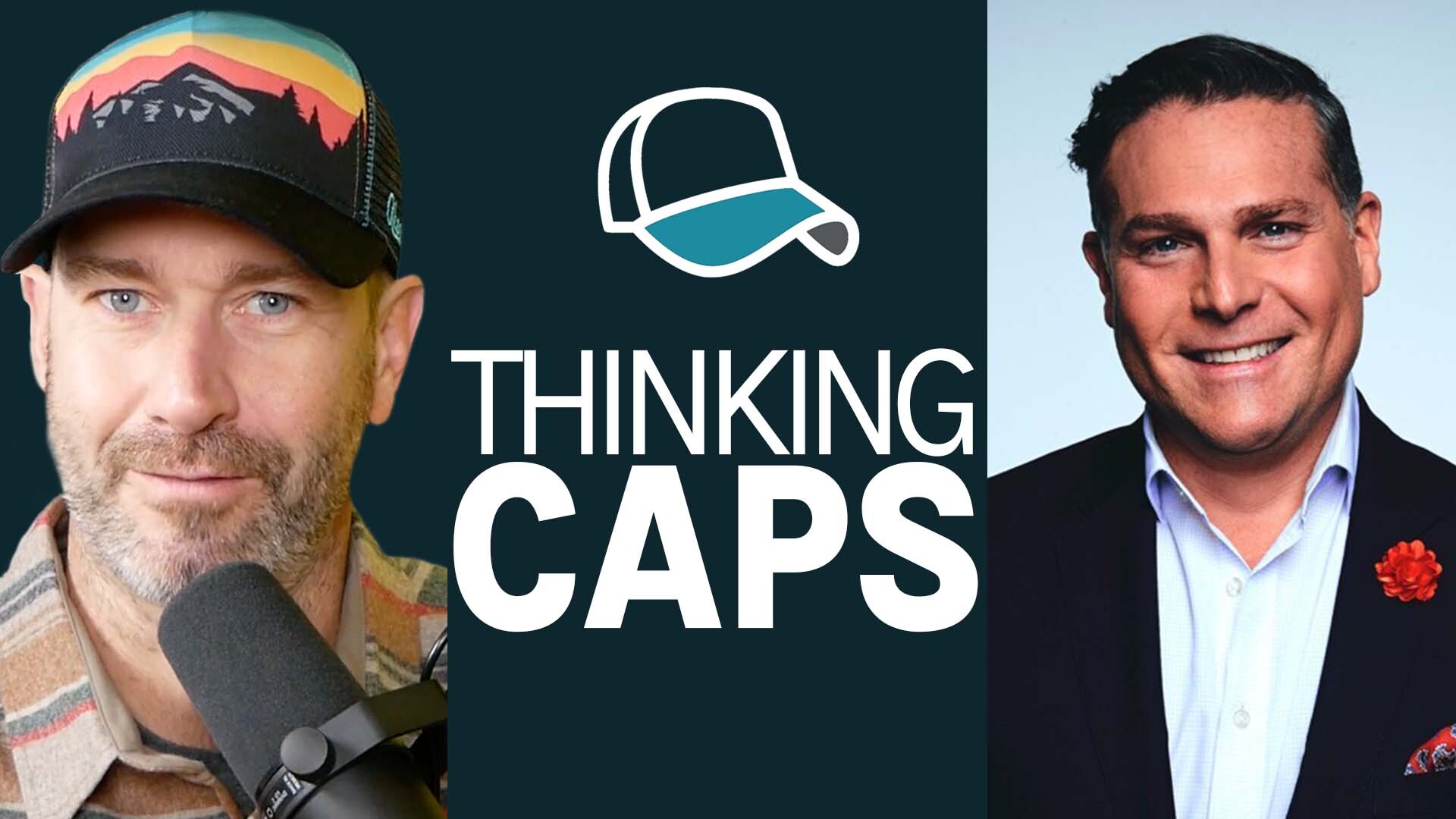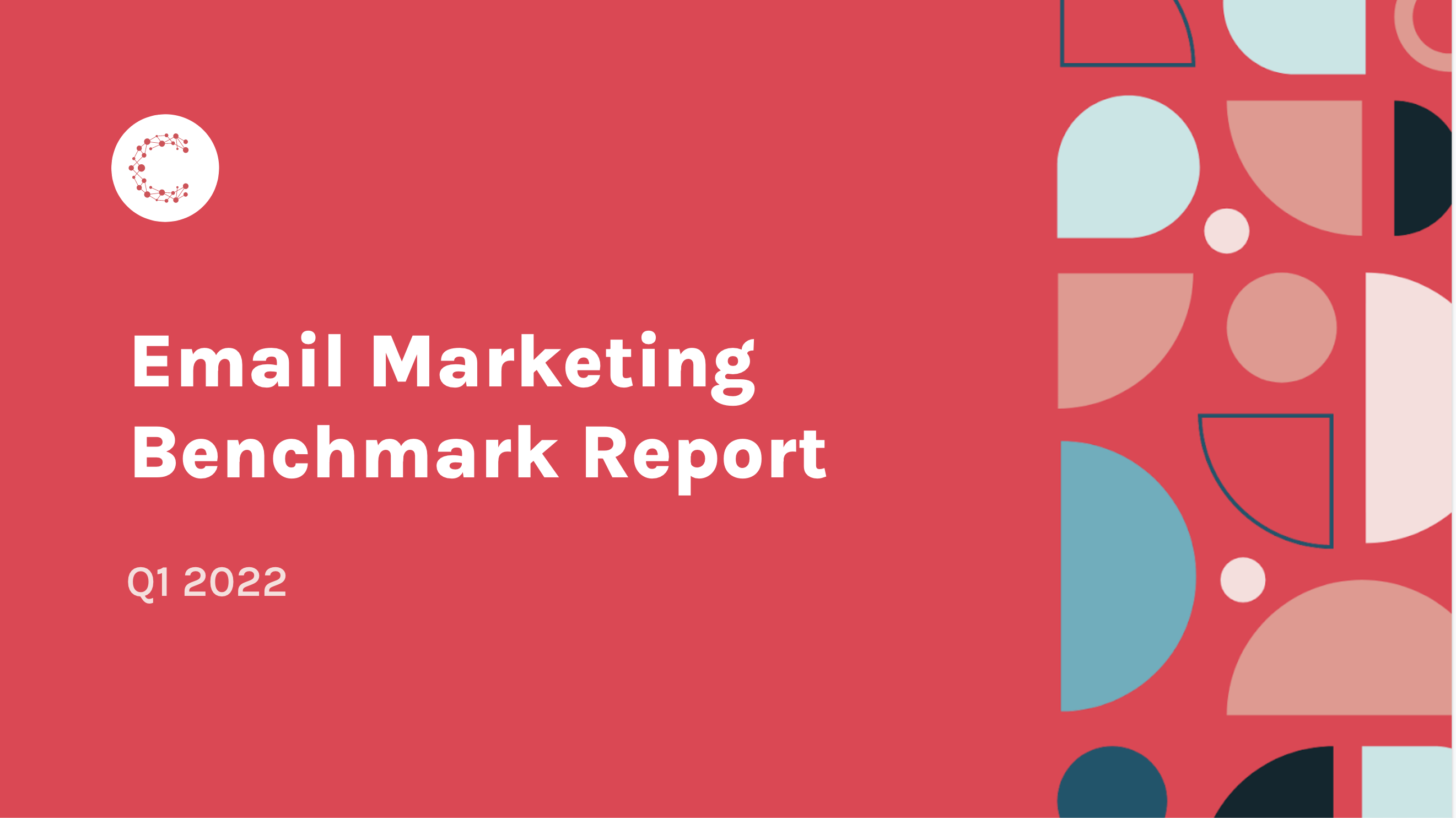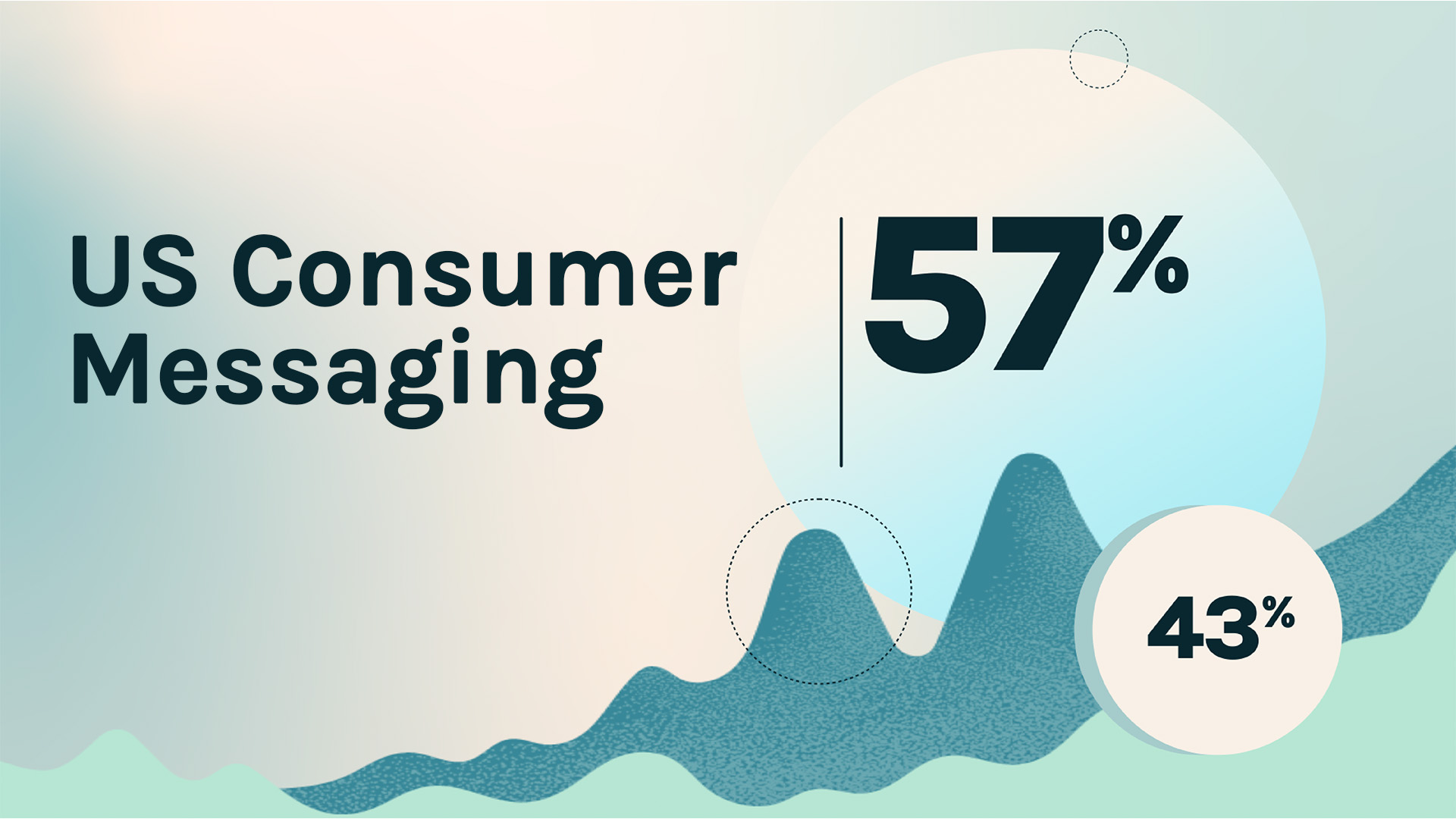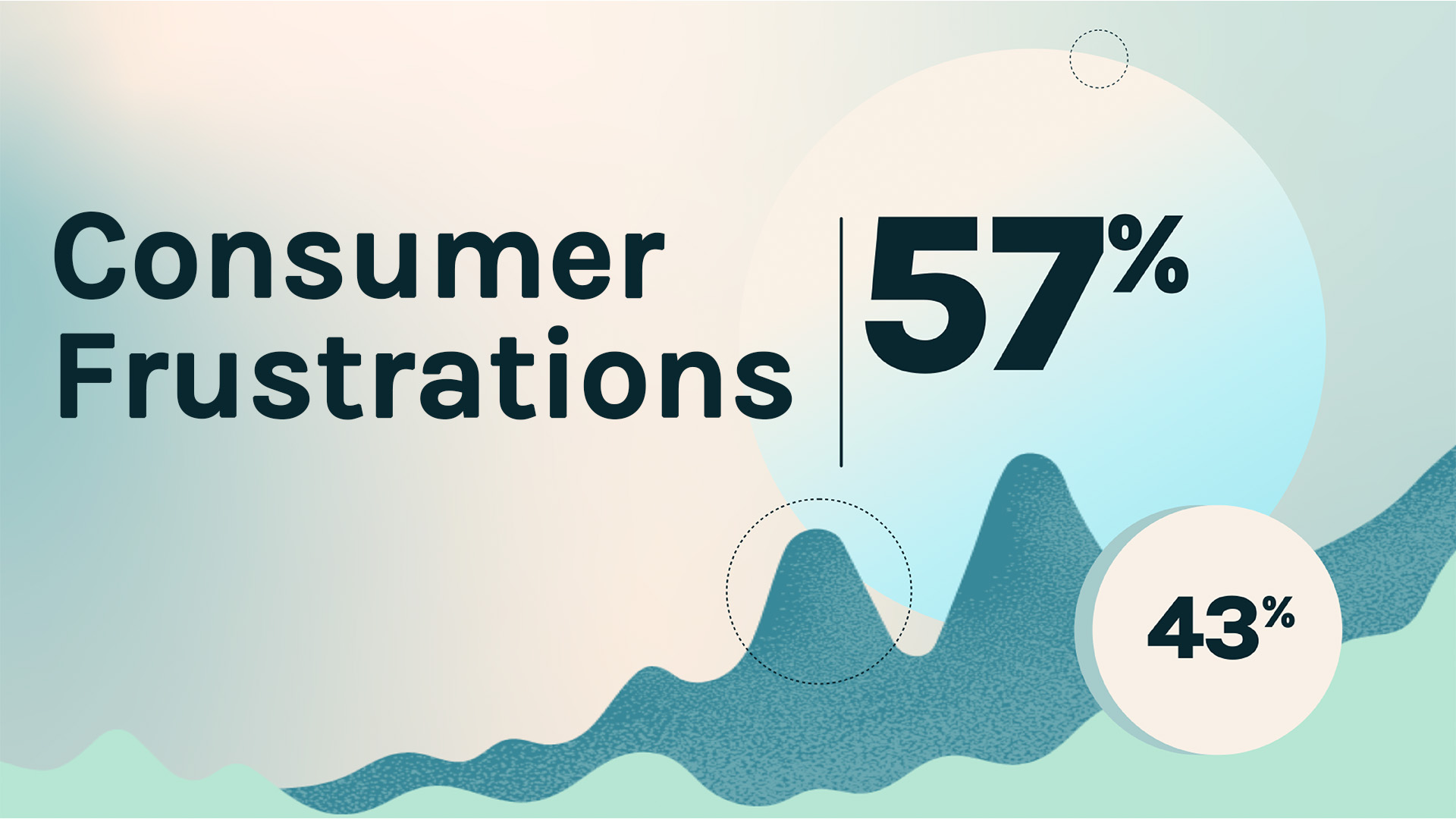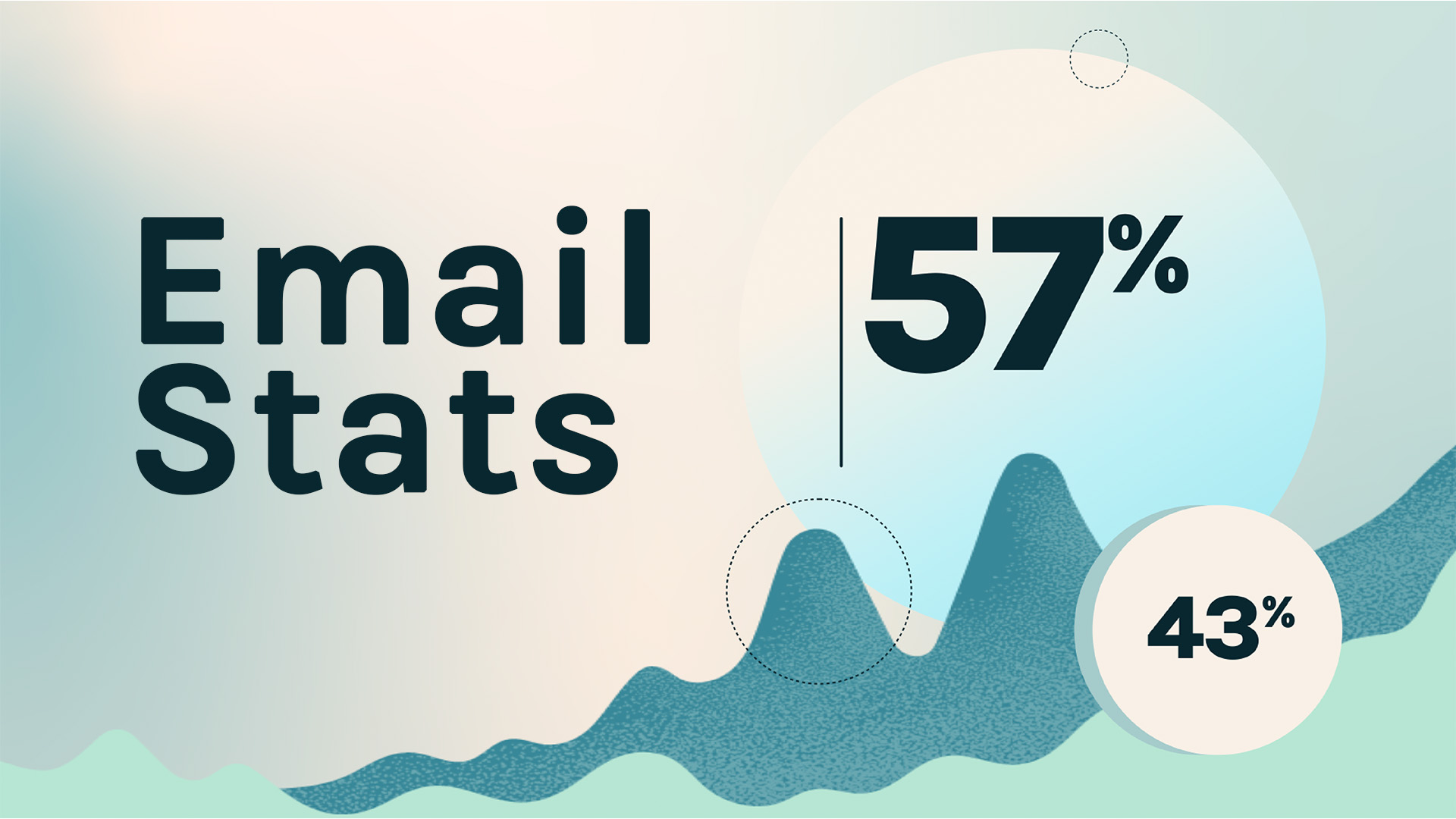How Brands Are Getting It Right = Better Experiences, Not Better Ads
- 0.5
- 1
- 1.25
- 1.5
- 1.75
- 2
Tim: You guys have listened to us talk about the death of the cookie and how it's disrupting brands everywhere. However, you've also asked, hey guys, do you have examples of where brands are doing it well? Where they're taking the advice of IAB and advertising experiences that lead to better customer engagement, et cetera? And yes, today I want to talk and show you what Home Depot is doing right. Let's dig in.
Rich: So Tim, what's the story here about Home Depot and what do you want to show us?
Tim: So first off, caveat, I'm about to show you an article that launched in Digiday today, and I'm quoted in it, which caught my attention, which is why I want to talk about it. And so, two, Home Depot is not a client of ours. I don't believe Home Depot is a Cheetah digital.
Rich: No, I don't believe they are.
Tim: Okay, great. So I think this is an excellent example of how a brand is taking matters into their own hands, getting ahead of the cookie, collecting the right data.
Rich: I like the fact you're spreading the love and not just talking about Cheetah.
Tim: Spreading the love, spreading the love. We're listening to the pulse of brands all across the globe. So the idea here, Rich, is Home Depot, a giant advertiser and one of the largest home improvement outlets in North America. I mean, they sell you everything that you need. In a year of pandemic, their revenue went through the roof because everyone was fixing their home, fixing the things they could, they had time on their hands.
Rich: Nothing else to do.
Yeah, exactly. So here's a company who could double down on FLOC, on advertising in the traditional old school way. And they still do that. They will still behaviorally track you while they have the cookie in Google, they'll sell you a hammer if they think you need a hammer with an ad saying, buy this hammer at this price, et cetera. But they have created a new live-streaming series that are a bunch of how-to videos on everything under the sun around home improvement, even down to your apartment.
Rich: I'm smelling a smart strategy.
Tim: It's a smart strategy. So, but what's interesting about this is they're doing it all in their own closed environment, meaning they're using their own proprietary player. They're using their own sign-up forms. They could easily host this on the largest website in the world.
Rich: Yeah. Why not host it on Google? Let's talk about that.
Tim: Yeah, why not do it YouTube? How-to is the number one thing that's surfaced there. Well, they will. They'll be using YouTube to get you a video ad to get them to their live streaming. You know why? Because YouTube controls all the data when you watch on YouTube. And yes, it's easy and it's free and it's ubiquitous and it's tied to search and they probably get more views, but this company understands reach and views is not as important as data in the bank.
Rich: Boom. Now we're talking.
Tim: Okay. So they are out promoting this live streaming 101 series. You can sign up. In fact, before you can even sign up for any one of these streaming series, they make you choose your local store. Boom, they're collecting data already. Before you even give them your name and email. So the idea is you can browse all these different types of videos that they're doing. You can then register. So you get to a page where you can register. You can sign up, give them your email, your name, your postal code, great first-party data, but really it's zero-party because-
Rich: Build the database.
Tim: Build the database. So now you'll register for an event and it looks like it's actually coming from your local shop, but really it's not, it's coming from a central hub, but it feels local. And you better believe all the information that they're collecting, the video, which videos you use, all that metadata, all into their own world. This really smells like Marc Pritchard in 2019 going, we're going to build our own experiences, collect our own data. And whoever in the advertising landscape wants to be able to interface with our data, we'll interface with you. Otherwise, we're going to have our own data and be able to reach our own people. So when you register for any of these events, you instantly get a 15% discount. You know how you get that?
Rich: No.
Tim: You get it by email.
Rich: Yes.
The little-known channel that is almost free and has nearly a hundred percent deliverability and has zero algorithms or cost to actually serve it to a person.
The little-known channel that actually beats social channels and other channels for driving take-up of offers, driving revenue. Email beats ads. We saw that from the consumer 2021, consumer index research we did with Econsultancy.
So, there you go. All right. Email has been viable, always has been. If you're not using it, you have to. And what Home Depot is doing here, sure, they've taken some expense. They've got to build an infrastructure for live streaming video, but they now own their own destiny. And look, the people that are registering today, they could still go make the matches while the cookie's still in play. They could still go out and use those hashed identifiers, email addresses, et cetera, to run ads. So while that's still in the landscape, we all know that plane is headed straight into a mountain soon, but they can do that. But when this disruption comes up and the cookie is gone away, and IDFA proves to either have a 50% plus or negative opt-in, these guys will have their own email channels. They'll have their own SMS. Not only that, they'll be able to completely personalize in-store experiences because they what your local store is. They asked you for that.
Rich: I'm going to make a prediction. It's a prediction I've been making for 10 years. But the future winners of the economy will be those companies, those brands, those organizations, those retailers that own their own data and own their own communication channels with their customers. And they're not relying on the social media quagmire. They're not relying on the disruption, or they're not impacted by the disruption in ad tech. Or they're at least isolated from it. I mean, it's never been clearer what the most obvious strategy is for any CMO that wants to protect its brands and give itself the best chance of being in a better position five years from now than where they are today.
Tim: And look, I'm going to tell you something. Home Depot will definitely start using social. They will use YouTube. They will use Google. They will advertise the streaming session. But you know what consumers never ever asked for? They never asked for a better ad. They just want better experiences. So this is a great example of Home Depot creating an experience that you can consume. You can find what you need. You can get closer to the brand, feel good about the content. And then of course, they've got the data. They can make recommendations via email of the things that you need.
Rich: And look, look. It sometimes appears that we're always sort of bashing Facebook and digital advertising. We're not. What we're always saying is, do your advertising on those platforms because they have a massive reach. They have a huge audience you want to get to. But advertise to get them off those platforms, into your own channels, and collect their data and opt-ins. That is what the smartest marketers are going to be doubling down on over the next year or two to get past this period of ad tech disruption.
Tim: Absolutely. You have to increase. I'm not telling you to stop doing click to buy. Continue to do that in advertising. You're going to have to use FLOCs and segments in Google to do that. But sure, you can keep doing that, but you better increase the amount of dollars and creative space in ads, whatever it might be. Increase the amount of awareness you have around your brand experiences that collect your own data. And if you think that this is difficult to do like, oh, they're Home Depot, they've got all the money in the world. It's a pandemic inaudible. You're wrong. We have a global archery sporting goods company that started doing this four years ago. Four years ago, they went to livestream.com, started doing live streaming, Tech Tuesdays. It was Tech Tuesday Tech Talk and they have two million viewers. They were getting 60,000 viewers on Facebook Live by syndicating to Facebook.
Rich: And this is a small manufacturing company.
Yeah, it was like a four-person marketing team.
Rich: $100, $120 million turnover company.
Tim: Nearly a million people have converted because they watched the live streams, they gave them their email address. And then that brand was hitting them with offers, sweepstakes, incentives to progressive profile them.
Rich: Yeah. Get them off those channels, into their own channels.
Tim: Bingo.
Rich: And that, by the way, a million arches in the United States, that is the whole market.
Tim: Yeah, that's pretty much... Yeah, that's a third of the market. So they have a third of the market and some other... So point of the story here, better experiences, not better ads. Okay? So get off your cookie addiction. Invest in collecting data, right? Find some cool thing to do it. And if you think it's not possible for your brand, you're dead wrong. You're giving up. You need to get that thought out of your head. You need to figure out a way to make a better experience, run your ads to that experience. It works. It works.
Rich: Not only does it work, just to give you another view on scale, we have a customer, Discovery Communications, that has been pioneering collecting this zero party data, data directly from consumers that's willingly provided that they can then use to personalize content advertising experiences. They run some experiences, individual experiences, that will collect over a hundred million people into that experience with maybe 15, 20 different questions that they ask for every submission. Just think about that scale.
Tim: All these case studies are at cheetahdigital. com. If you don't believe us, go read them. Listen. There's videos, listen straight from the mouths of these marketers themselves. We are out of time. I hope this was helpful. I hope this inspires you. We'll be back with more around the cookie conundrum soon.
Rich: Yeah. It's not going away as quickly as it should.
Tim: Talk soon.
DESCRIPTION
Many of you asked for concrete examples of how brands are getting ahead of the cookie issues by collecting zero-party data. The IAB recently suggested brands need to start advertising better experiences for longer-term relationships with consumers rather than highly targeted click-to-buy ads. Well, The Home Depot has created an excellent customer experience through live streaming video while collecting zero-party data and using email as a communication channel. Learn why YouTube wasn't the right platform for this campaign and how you can learn to replicate it for your brand.



